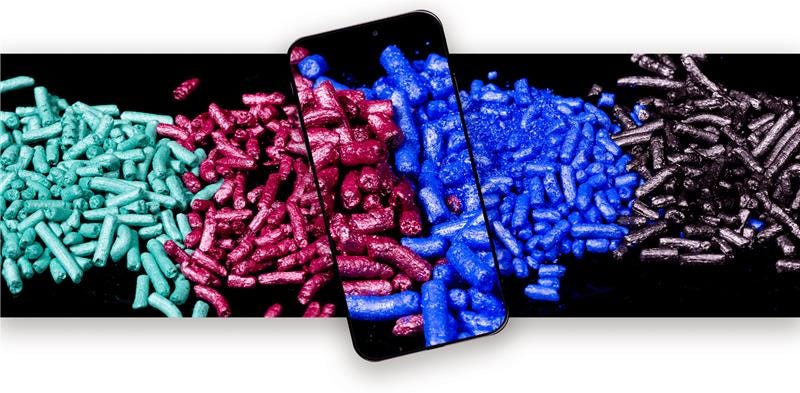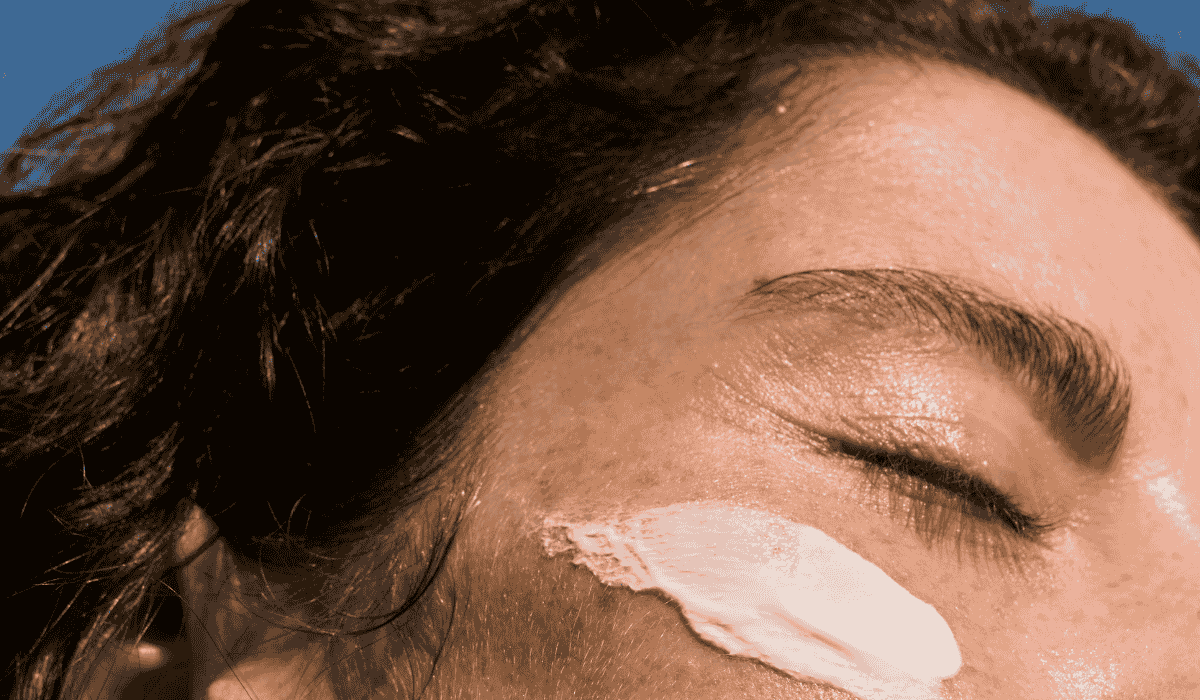How Active Skincare Ingredients Affect Sun Sensitivity: What Formulators Need to Know
Sun sensitivity, or photosensitivity, refers to an increased vulnerability of the skin to ultraviolet (UV) radiation, often resulting in sunburn, irritation, pigmentation, or allergic-like reactions. This heightened sensitivity can be triggered by both topical ingredients and systemic compounds such as medications or dietary supplements.
For cosmetic formulators, understanding how active ingredients interact with UV exposure is essential—especially when developing products intended for daytime use or leave-on applications. Certain actives, like exfoliants and retinoids, can compromise the skin's natural barrier or amplify UV absorption, while others may contribute to photoallergic reactions when exposed to sunlight.
In addition to well-known topicals, some internal vitamins and chemicals can also influence the skin’s response to UV, making it important to take a holistic view when formulating products marketed as safe for all-day wear or sun-exposed use.
Understanding Photosensitivity in Skincare
Photosensitivity reactions fall into two main categories: phototoxicity and photoallergy—each with distinct mechanisms and formulation considerations.
Phototoxicity occurs when an ingredient absorbs UV radiation and becomes chemically reactive, producing free radicals that damage skin cells. This can lead to symptoms like redness, burning, or hyperpigmentation—similar to an exaggerated sunburn. Phototoxic reactions are more common and often dose-dependent.
Photoallergy, on the other hand, involves an immune response. UV exposure changes the molecular structure of an ingredient, making it appear foreign to the body. This triggers sensitization pathways, resulting in delayed rashes or eczema-like reactions. Photoallergic responses are less predictable and can occur even at low concentrations.
In both cases, the interaction between UV absorption and ingredient chemistry plays a central role. Compounds that generate reactive oxygen species (ROS) or destabilize in sunlight can increase the risk of irritation or longer-term skin damage.
For formulators, it’s critical to understand which ingredients are UV-reactive and to consider strategies such as encapsulation, antioxidant pairing, or formulating for nighttime use. Identifying and mitigating photosensitivity risk not only improves product safety but also builds consumer trust—especially for actives used in daily skincare.
Does Retinol Make Your Skin Sensitive to the Sun?
Retinol and other retinoid compounds—including retinaldehyde, retinoic acid, and their derivatives—are widely used for their proven effects on skin texture, fine lines, and pigmentation. However, one of the most important considerations for formulators working with retinoids is their impact on sun sensitivity.
Retinoids increase epidermal cell turnover, which can lead to a temporary thinning of the stratum corneum—the skin’s outermost barrier. This reduction in barrier thickness can make the skin more vulnerable to UV damage, increasing the likelihood of irritation, redness, and sunburn with sun exposure. While retinoids themselves are not inherently phototoxic, they can compromise the skin’s natural UV protection and may degrade when exposed to sunlight, reducing their efficacy and increasing the risk of photosensitivity.
The answer to the question “does retinol make your skin sensitive to sun?” is yes—especially when used without proper photoprotection. For this reason, it is best practice to:
- Recommend nighttime application of retinol-based products
- Pair with broad-spectrum sunscreen during the day
- Include clear usage instructions and sun protection warnings on packaging
By understanding retinoid mechanisms and their interaction with UV exposure, formulators can ensure both product performance and user safety are optimized.
Does Salicylic Acid Increase Sun Sensitivity?
Salicylic acid, a well-known beta hydroxy acid (BHA), is frequently used in formulations targeting acne, congestion, and dullness due to its oil-soluble exfoliating properties. By penetrating the pores and promoting cellular turnover, salicylic acid helps refine texture and reduce breakouts.
However, because it functions as an exfoliant, salicylic acid can temporarily disrupt the stratum corneum, the skin’s natural protective barrier. This mild thinning effect may increase the skin’s sensitivity to UV radiation, particularly when used at higher concentrations or in combination with other exfoliants or retinoids.
Compared to alpha hydroxy acids (AHAs)—like glycolic or lactic acid—salicylic acid has less documented phototoxic potential, but that doesn’t eliminate the need for caution. While BHAs are generally considered gentler in terms of sun sensitivity, they still remove dead skin cells, which can leave the skin more exposed to UV damage.
So, does salicylic acid increase sun sensitivity? It can, especially in leave-on products or when used without adequate sun protection. Formulators should consider:
- Including usage guidance for nighttime application or pairing with SPF recommendations
- Avoiding high concentrations in daytime formulations unless supported by robust photostability data
- Combining with soothing or barrier-supporting ingredients to reduce irritation potential
Formulating responsibly with exfoliants means balancing efficacy with protection—ensuring consumers experience the benefits without compromising skin health under sun exposure.
Does Hyaluronic Acid Increase Sun Sensitivity?
Despite common confusion around active ingredients and sun sensitivity, hyaluronic acid does not cause photosensitivity. As a humectant, it functions by drawing moisture into the skin, supporting hydration and barrier health—without interacting with UV radiation.
Unlike exfoliants or actives that alter skin cell turnover, hyaluronic acid does not thin the stratum corneum or trigger photochemical reactions. It is non-exfoliating, non-reactive under UV exposure, and generally well tolerated by all skin types.
In fact, hyaluronic acid can be especially beneficial in sun-exposed skincare routines. By improving the skin’s hydration levels and plumping the epidermis, it can help reduce the appearance of fine lines and support overall skin resilience—two key concerns in photoaged skin.
So, does hyaluronic acid increase sun sensitivity? The answer is no. Its hydrating, barrier-supportive properties make it an ideal ingredient for daytime formulations, including sunscreens, moisturizers, and post-sun recovery products.
For formulators, it’s a safe, reliable active that complements both brightening and photoprotective systems.
Vitamins That Cause Sun Sensitivity
While vitamins are often associated with skin health and protection, some can contribute to photosensitivity depending on their form, concentration, and how they're used—either topically or systemically. For formulators, it's important to understand the nuanced roles vitamins play in UV interaction and how to account for them in product development.
Vitamin A (Retinoids):
- Topical retinoids, including retinol, retinoic acid, and their derivatives, are well known to increase sun sensitivity. By accelerating cell turnover and thinning the outer skin layer, they reduce natural UV protection and heighten the risk of sunburn and irritation. Products containing vitamin A compounds should always include clear sun protection guidance.
Vitamin B6 and B3:
- At very high internal doses, both pyridoxine (B6) and niacin (B3) have been associated with rare cases of photosensitivity. Topically, niacinamide (B3) is considered safe and non-photosensitizing—often used to support barrier function in sun-exposed skin. These reactions are typically systemic and not a major concern in topical skincare but may be worth noting in wellness or ingestible beauty formulations.
Vitamin C:
- Though often misunderstood, vitamin C is not a photosensitizer. In fact, it offers photoprotective benefits as an antioxidant, scavenging free radicals generated by UV exposure. However, certain forms of vitamin C (e.g., ascorbic acid) can become unstable under sunlight if not properly formulated, leading to degradation. Using stabilized derivatives or protective packaging helps maintain efficacy.
Read Also: Vitamin C in Skincare: Choosing the Right Form for Maximum Efficacy
Vitamin D:
- There is no evidence to suggest that topical or internal vitamin D contributes to photosensitivity. In fact, vitamin D synthesis is naturally triggered by sun exposure, and deficiency is more often a concern than overexposure in skincare contexts.
So, while the list of vitamins that cause sun sensitivity is relatively short, formulators should still consider UV stability, usage concentration, and clear consumer instructions—especially when working with vitamin A derivatives.
Chemicals That Trigger Sun Allergy
Unlike phototoxic reactions, which are more immediate and dose-dependent, sun allergies—also known as photoallergic reactions—involve the immune system. These delayed hypersensitivity responses can occur when a compound on the skin is altered by UV exposure and is then recognized as an allergen. The result: rashes, itching, and inflammation, often hours or days after sun exposure.
For formulators, it’s essential to be aware of common chemicals that trigger sun allergy, particularly in products intended for daytime use.
- High-Risk Ingredients:
- Fragrance Compounds
- Certain natural extracts and essential oils—especially citrus oils like bergamot—contain compounds such as bergapten, a known photosensitizer. These furocoumarins can cause photoallergic and phototoxic reactions. Use furocoumarin-free versions or synthetic alternatives when targeting sun-safe formulations.
- Preservatives (e.g., Benzophenones)
- Some UV-absorbing preservatives like benzophenone-3 can trigger photoallergic reactions, especially in sensitive skin. While effective as UV stabilizers, they should be used cautiously or replaced with less reactive options in leave-on or sun-exposed products.
- Sunscreen Filters
- Older filters like PABA (para-aminobenzoic acid) and oxybenzone have been associated with allergic responses and are now less commonly used in modern formulations. Newer photostable and hypoallergenic filters offer better safety profiles, particularly mineral filters like zinc oxide and titanium dioxide.
- Fragrance Compounds
Read Also: Understanding the Science Behind Micronized Titanium Dioxide in Sunscreens
-
- NSAIDs in Topical Products
- While not common in cosmetic formulations, non-steroidal anti-inflammatory drugs such as ketoprofen—sometimes found in medicated creams—can be potent photoallergens. Always flag overlap with medicinal use when creating multifunctional skincare.
- NSAIDs in Topical Products
Sunscreen for Photosensitivity: What to Look For
When formulating products for photosensitive skin, the choice of sunscreen ingredients is critical. Consumers dealing with heightened UV reactivity—whether due to active ingredients, medications, or underlying conditions—need protection that is both effective and gentle.
For this reason, the ideal sunscreen for photosensitivity should offer:
- Broad-Spectrum Protection
- Look for filters that cover both UVA and UVB wavelengths, as UVA rays in particular are more likely to trigger photoallergic reactions and long-term pigmentation issues. Broad-spectrum labeling ensures comprehensive defense.
- Mineral (Inorganic) UV Filters
- Zinc oxide and titanium dioxide are preferred for sensitive and photosensitive skin due to their:
- Low allergenic potential
- Photostability
- Physical mechanism of action (reflecting/scattering UV rays)
- These filters are generally well-tolerated and effective across skin types, making them a safe base for formulations intended for reactive or compromised skin.
- Zinc oxide and titanium dioxide are preferred for sensitive and photosensitive skin due to their:
- High SPF and Photostability
- For consumers already at risk of sun-related irritation, SPF 30 or higher is recommended. Additionally, photostable filters reduce the risk of UV degradation and ensure consistent protection during wear.
- Skin-Soothing Additives
- Ingredients like allantoin, panthenol, bisabolol, and madecassoside can help calm irritation and reinforce the skin barrier—ideal additions to sunscreens for photosensitive users or formulations paired with sensitizing actives like retinoids or exfoliants.




